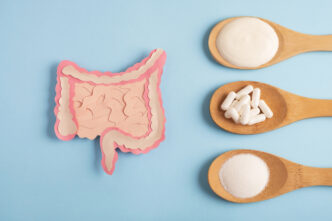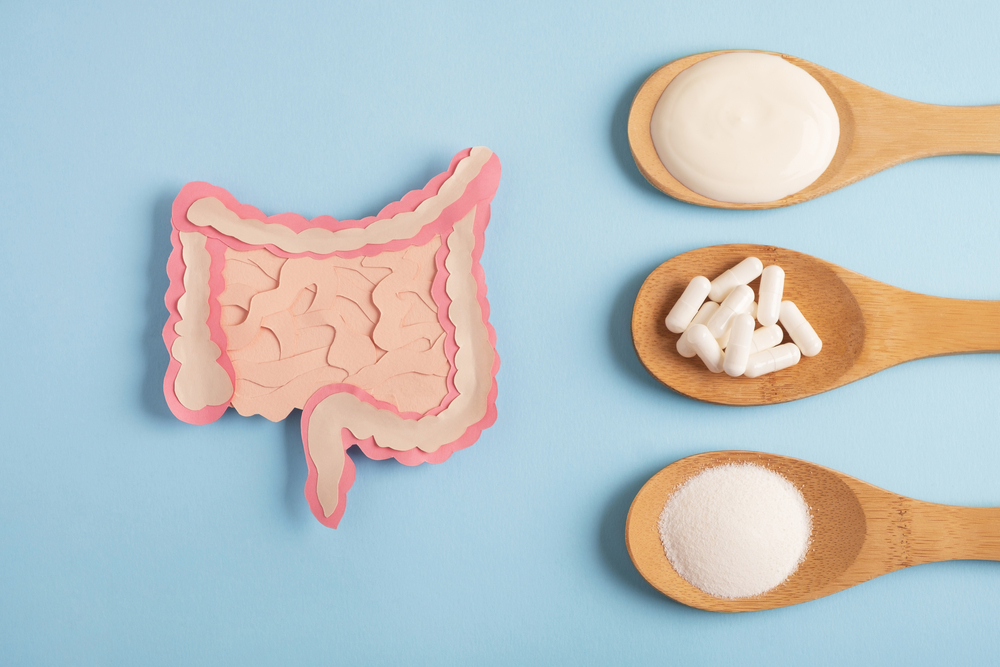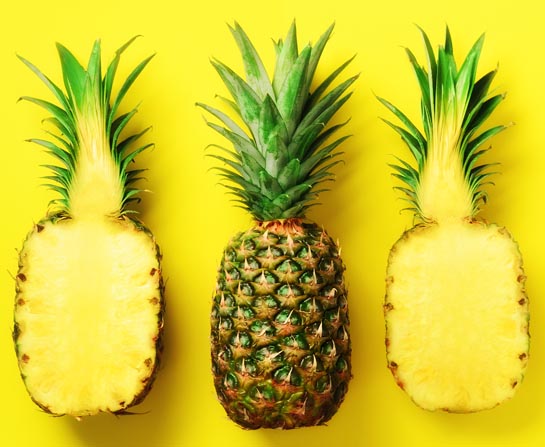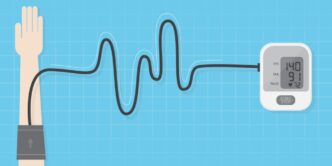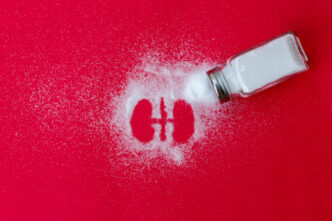Postbiotics are the latest gut health buzzword, popping up in supplements and wellness blogs. But are they worth the hype? Join Dr Chieng Jin Yu as he takes us on a deep dive into what the science actually says.
WORDS LIM TECK CHOON
 FEATURED EXPERT FEATURED EXPERTDR CHIENG JIN YU Consultant Physician, Gastroenterologist and Hepatologist Pantai Hospital Ampang |
Most of us have heard of prebiotics and probiotics. These days, there is another emerging group of ‘biotics’: postbiotics.
What are they and how do they work? Are the claims associated with postbiotics true or are they just hype generated by marketing?
TO UNDERSTAND WHAT POSTBIOTICS ARE, WE NEED TO FIRST LOOK INTO OUR GUT
- Just to recap, our gut is the home to trillions of microorganisms. Collectively, they are known as the gut microbiota.
- The gut microbiota forms a thick barrier that helps to keep harmful microorganisms from entering our system.
- Furthermore, the gut microbiota helps to break down nutrients that either are not fully digested or can’t be digested by our own enzymes. These nutrients are then shared with us.
- Additionally, they produce and release many other substances that are said to be beneficial to our health, such as boosting our immune system, reducing our risks of certain diseases and cancers, and more.
THIS BRINGS US TO POSTBIOTICS
- Prebiotics are substances that boost either the number or beneficial activities of the gut microbiota.
- Probiotics are live bacterial culture that we consume to boost the number of beneficial bacteria in our gut microbiota.
What are Postbiotics?
Well, Dr Chieng Jin Yu reveals that postbiotics are still something new, hence the definition is still not fully set in stone.
“In 2021, the International Scientific Association for Probiotics and Prebiotics (ISAPP) defines postbiotics as ‘a preparation of inanimate microorganisms and/or their components that confers a health benefit on the host’,” he tells us.
Postbiotics contain either:
- Intact but non-active versions of beneficial microorganisms or
- Cell fragments of these microorganisms.
ARE POSTBIOTICS BENEFICIAL?
Dr Chieng shares that there are many claims about the benefits of consuming postbiotics.
- Support our immune system.
- Prevent inflammation.
- Prevent or inhibit tumour formation (antitumour effect).
- Kill microorganisms or inhibit their growth (antimicrobial effect).
- Reduce the risk of conditions that affect the structure and function of the heart (antiatherosclerotic effects).
- Support the formation of oxytocin, a substance that helps in accelerating wound healing and supports birthing function.
However, he cautions that research on postbiotics is still in early stages, so currently, we don’t have much evidence to back up these claims.
“It’s hard at the moment to define the benefits of postbiotics compared to probiotics, due to how little research data is available at the moment,” Dr Chieng says.
Hence, he advises taking the abovementioned benefits of postbiotics with a grain of salt until we have stronger evidence to back up these claims.
Fewer Side Effects?
Because probiotics contain live microorganisms, there are concerns about these products possibly causing infections in people with either weak immune system or have existing severe illnesses.
Postbiotics don’t contain live microorganisms, so in theory, they could have a lower risk of side effects compared to probiotics that offer a similar health benefit.
Easier Dosage Standardization
The dosage of probiotic foods and supplements is based on the number of live organisms present in the product. A minimum concentration of live organisms is required to achieve the desired health benefit.
This issue is complicated, however, by the fact that sometimes, different strains of the same family of microorganisms need to be present in different amounts to exert this desired health benefit.
Therefore, it can be difficult to standardize the dosage of a certain probiotic product.
Postbiotics, on the other hand, do not face a similar issue when it comes to dosage standardization.
More Convenient Storage and Transportation
Probiotics need to be stored and transported in low temperatures. Postbiotics, on the other, don’t have live microorganisms so there is a reduced need to always maintain a low temperature.
Postbiotics also have a longer shelf life compared to probiotics.
ARE POSTBIOTICS AVAILABLE IN MALAYSIA?
Yes, they are available in pharmacies either in the form of pure postbiotics or a formulation together with prebiotics and/or probiotics.
However, given that postbiotics are still a ‘Wild, Wild West’ when it comes to evidence-based claims, one should consult a pharmacist or a doctor first if they are interested in exploring the benefits of postbiotics.
| This article is part of our series on foods and how consuming these foods can affect various aspects of our health. |
References:
- Vinderola, G., Sanders, M. E., & Salminen, S. (2022). The concept of postbiotics. Foods (Basel, Switzerland), 11(8), 1077. https://doi.org/10.3390/foods11081077
- Żółkiewicz, J., Marzec, A., Ruszczyński, M., & Feleszko, W. (2020). Postbiotics−A step beyond pre- and probiotics. Nutrients, 12(8), 2189. https://doi.org/10.3390/nu12082189

